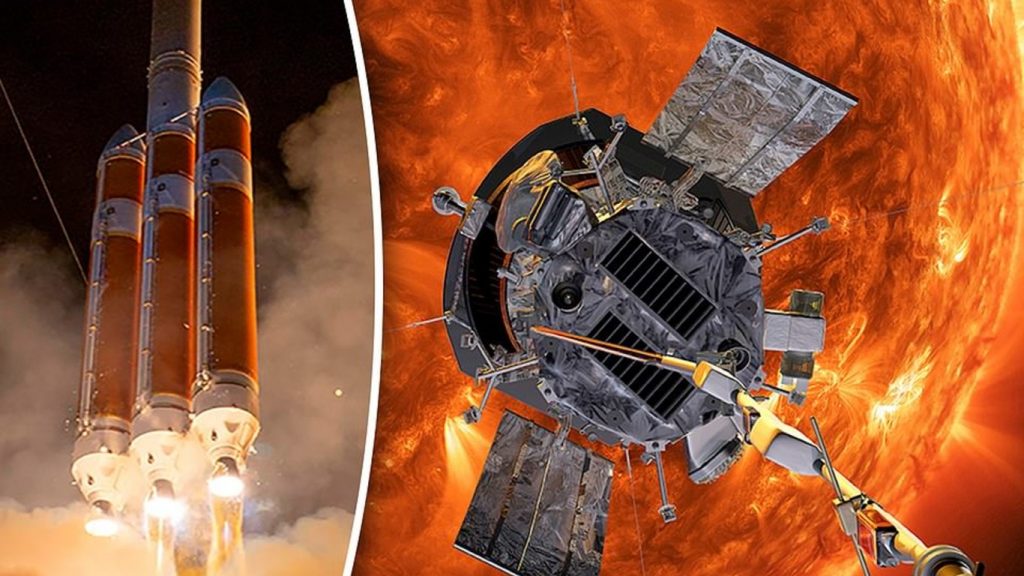For the very first time since the beginning of space exploration, a spacecraft has “touched the Sun.” This was reported by NASA’s Parker Solar Probe and after three years since its launch, it flew through our star’s upper atmosphere, taking measurements of the particles and magnetic fields it encountered.
The probe is the size of a small car and is scheduled to take 21 trips through the sun’s corona over the course of seven years.
Owing to the corona’s rugged surface, the probe flew in and out of the sun’s outer atmosphere several times over the course of a few hours. At one point, Parker flew deep enough into the atmosphere to report large structures called “pseudostreamers.” These structures can be seen on the sun from the earth when there are solar eclipses. When Parker was inside the pseudostreamers, it discovered a bizarre calmness. Particles that are ordinarily whipped by solar winds slowed down. NASA compared it to “flying into the eye of a storm.”
The findings and revelations from the report are paper published today in Physical Review Letters. Lead Author Justin Kasper said the mission team was “fully expecting that, sooner or later, we would encounter the corona for at least a short duration of time” and that it’s “very exciting that we’ve already reached it.”
The probe experienced a temperature of around 2,500°F (1,377°C). It had a heat shield that protected the spacecraft and scientific instruments. It was 4.5 inches thick (11.43 cm) and made from a carbon-composite material. Surprisingly, the corona is hotter than the surface of the sun. Scientists think the atmosphere can reach temperatures of up to 1.8 million °F (1 million °C) its hottest point. The surface is a much cooler 10,340°F (5,727°C).
Parker has been going around the sun since its launch in October 2018. The probe uses Venus’s gravity to direct its movement around and through the sun. Future flybys will probably last longer because the corona is growing (before it shrinks again) during the sun’s normal 11-year cycle.

